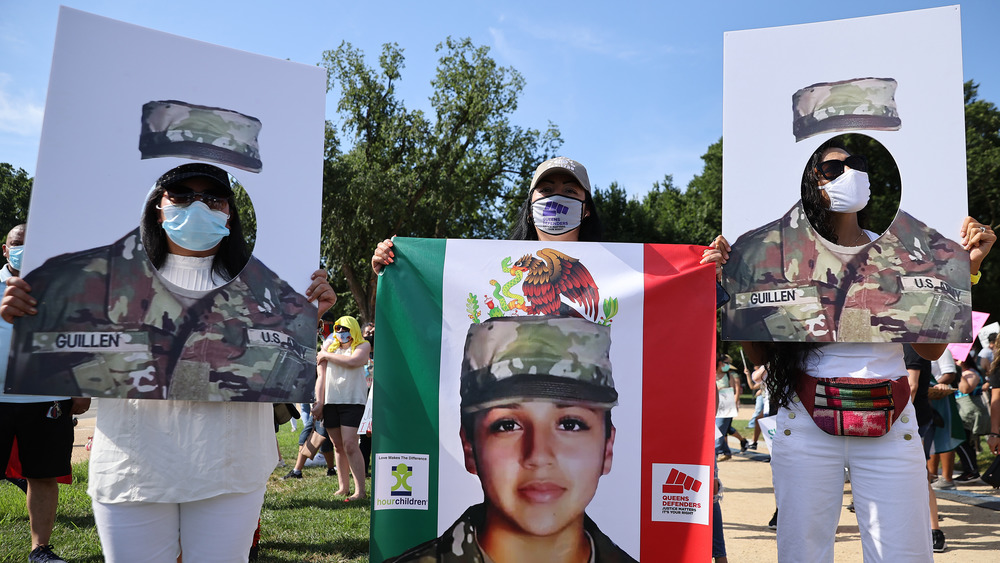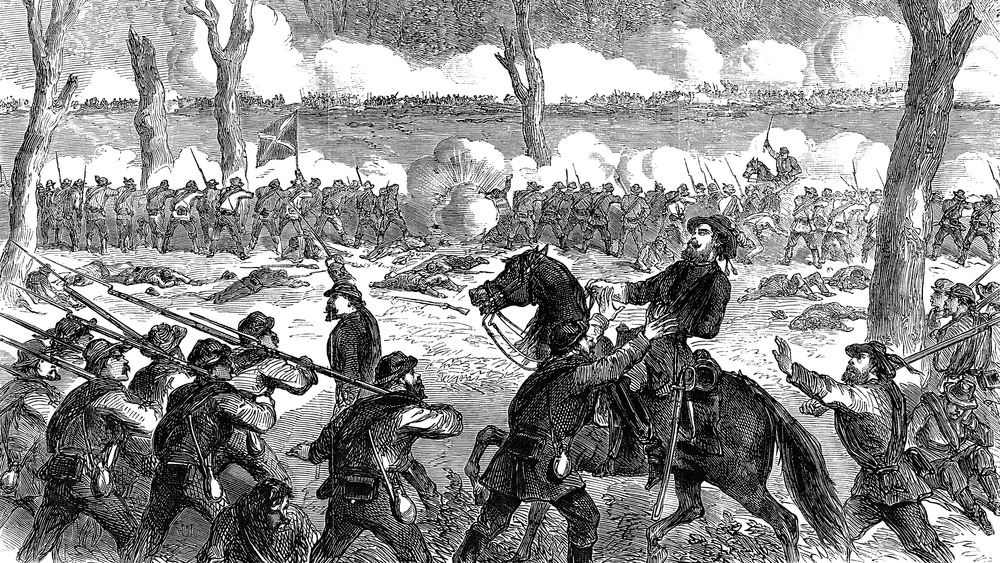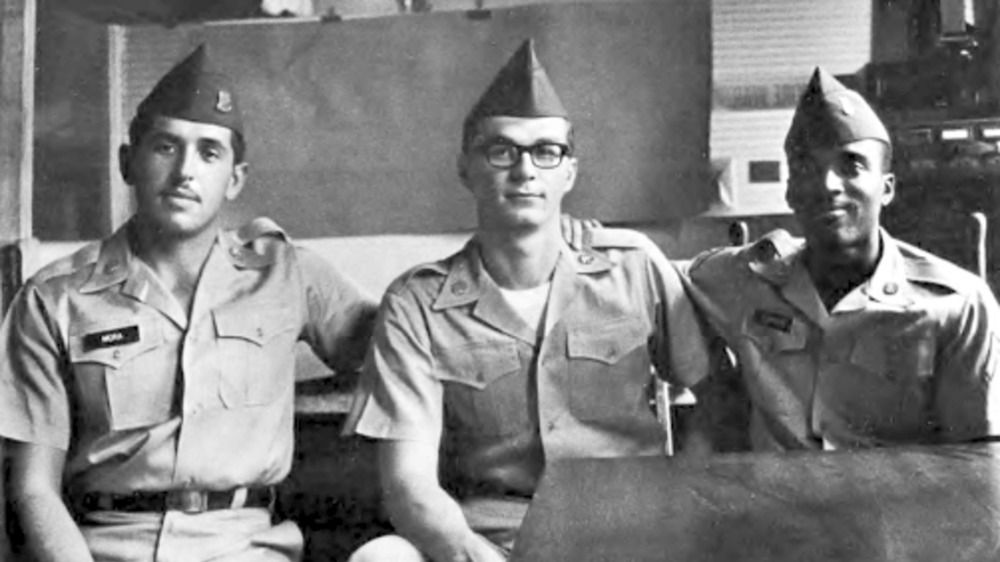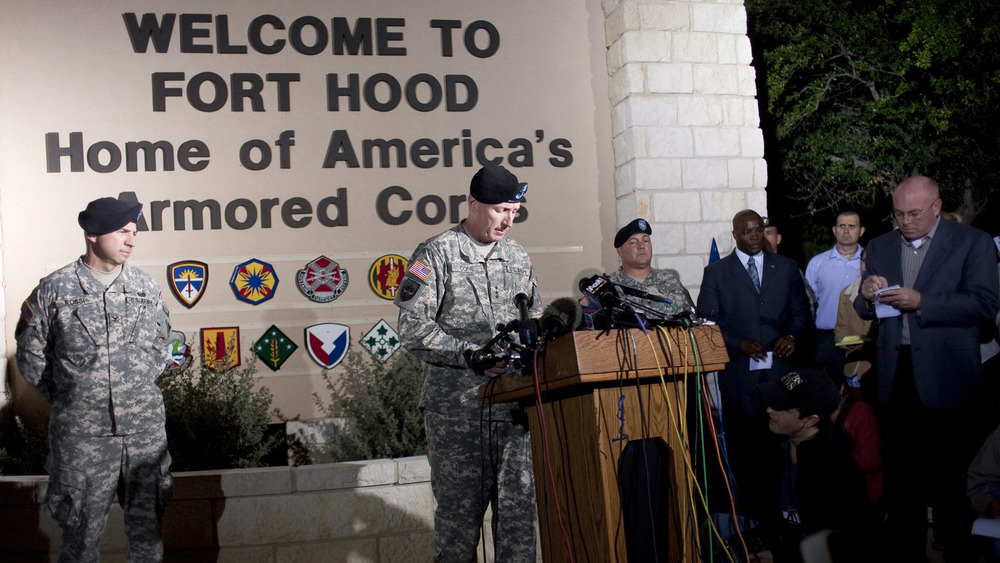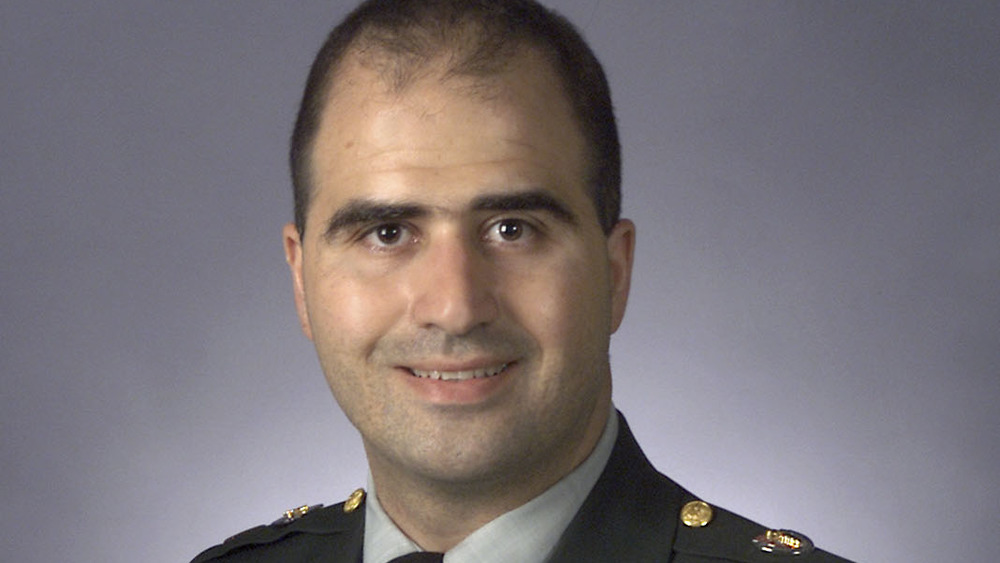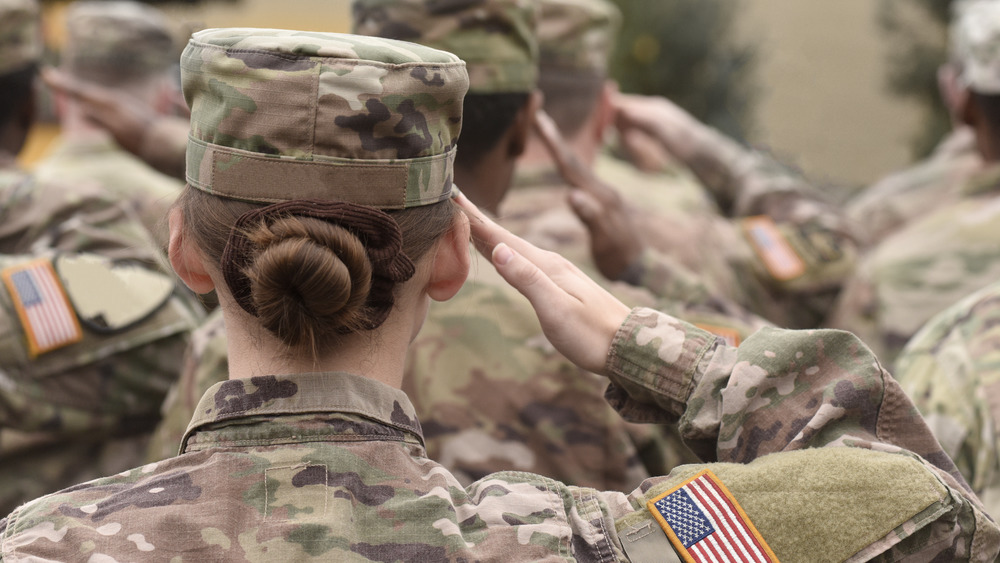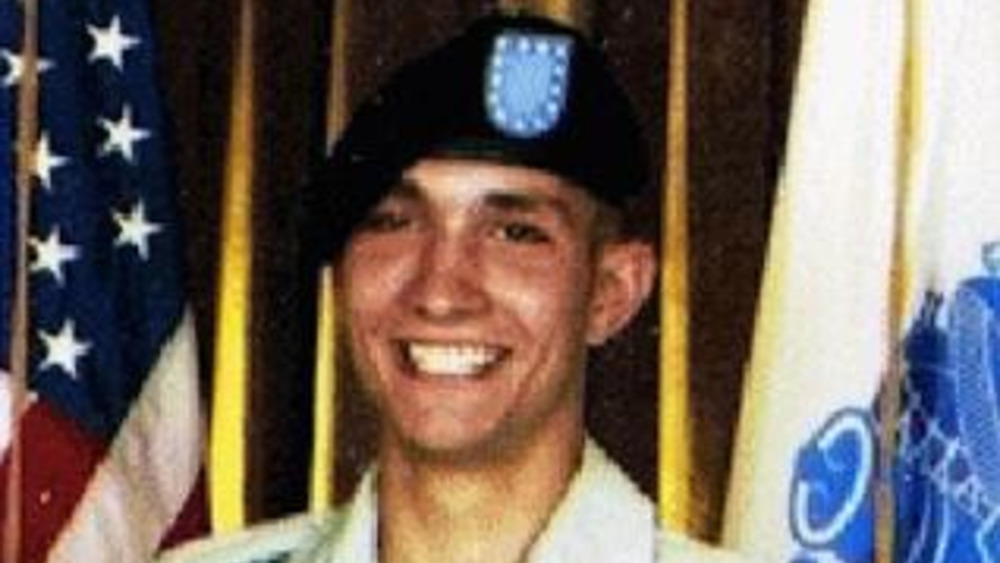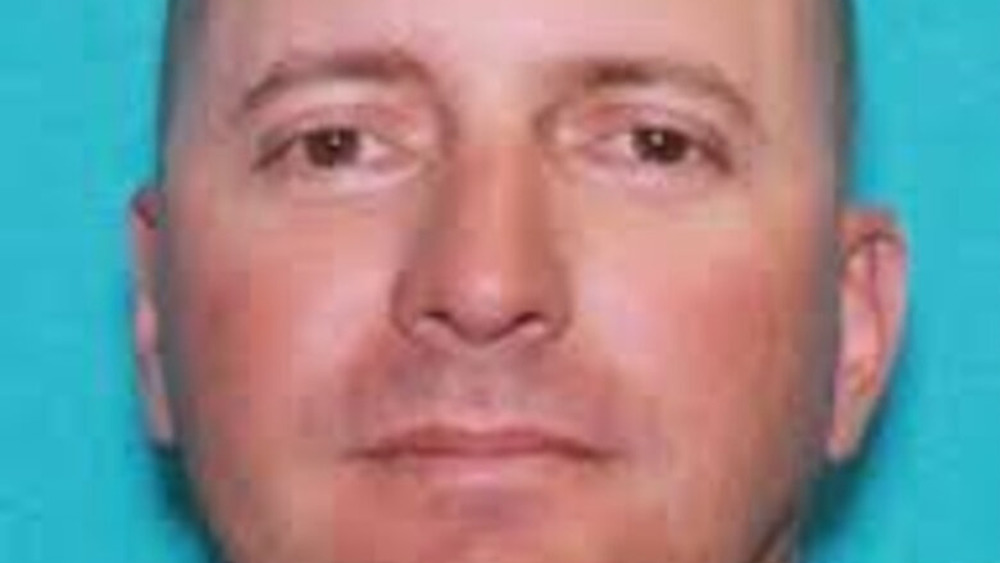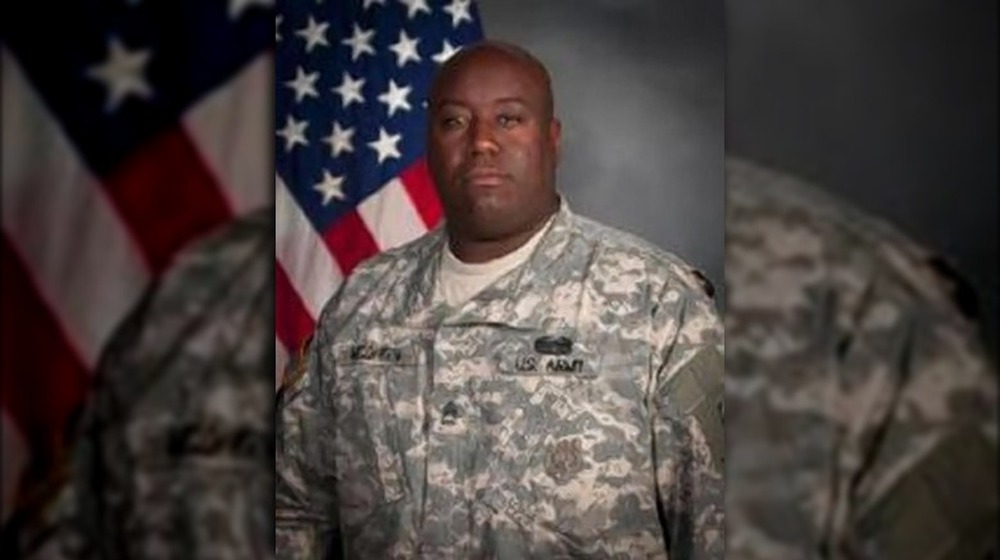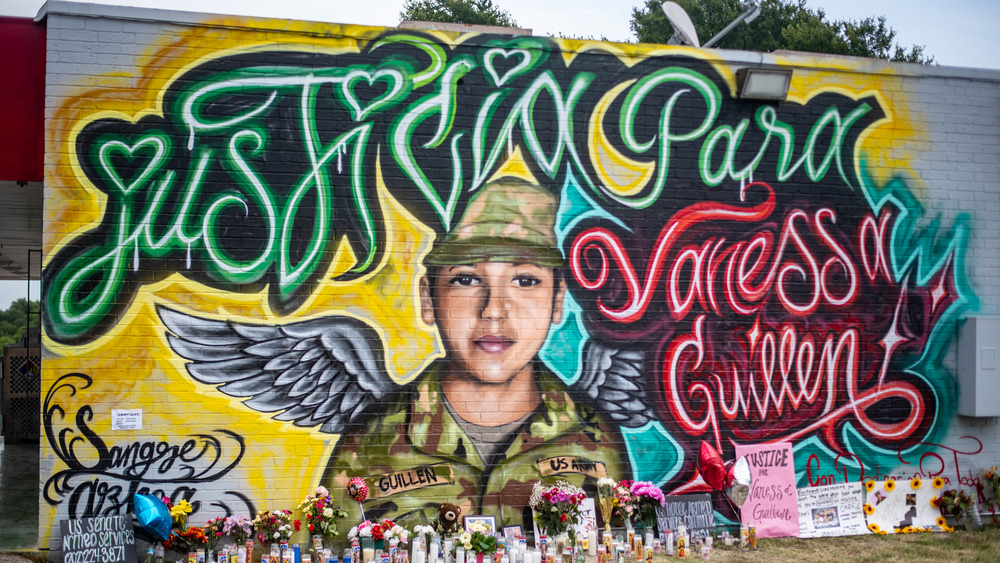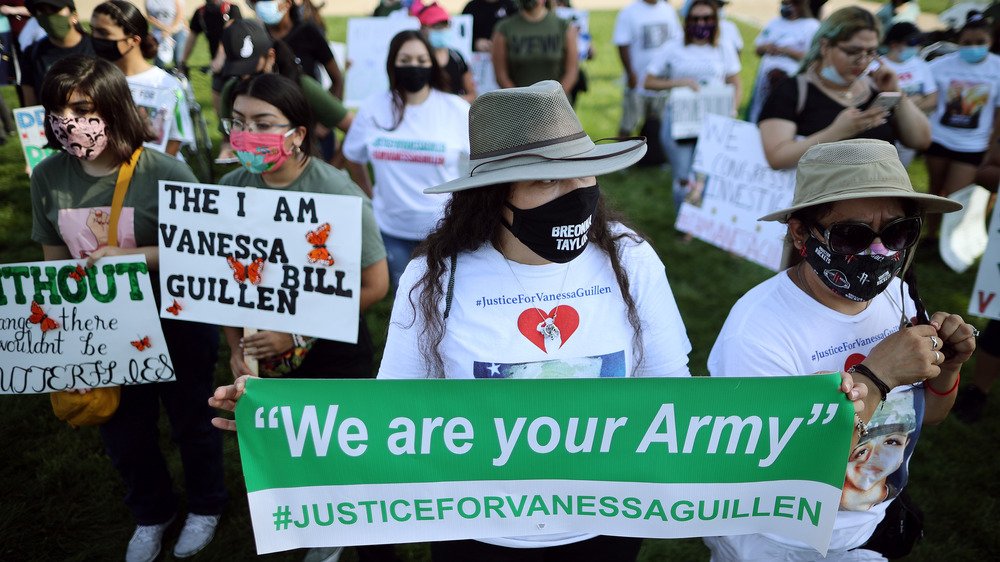The Messed Up History Of Fort Hood
When an individual enlists in the military, it comes with the understanding that they are placing their lives and mental health in grave risk. However, both are expected to be put in the line of fire in a warzone, far from home. In the case of Fort Hood, now Fort Cavazos, here in the United States, it almost feels like soldiers might find it safer to be in an active battleground then on the U.S. Army post in the middle of Texas.
Fort Hood has gained a reputation throughout its existence as the black sheep of U.S. Army. It has made national headlines for a variety of different issues and incidents, from misconduct between officers to vocal anti-war sentiment to deadly shootings that have bought the war into the lives of men and women who expected peace at the post. Click 2 Houston referred to Fort Hood as "the Army's most dangerous post" when discussing the nearly 30 deaths of soldiers with a connection to Fort Hood in 2020 alone. The army itself has gone on record to say that Fort Hood "has the worst rate of violent crime and incidents among its U.S. installations."
That year is not an aberration as illustrated in the base's long, unflattering past. It is a past and present that has even led some to question what does the future hold for the post. Here is the messed up history of Fort Hood.
Origins of Fort Hood
In order to understand the origins of Fort Hood, one must understand where the U.S. was in 1942. The country had just entered World War II, and the military was analyzing the strength of their main opponent in the European theater of the war, Germany. As the German war machine operated in large part because of the strength of their massive ground assault led by their tanks, according to Military Wikia, the U.S. developed tank destroyers to combat the Germans, and they needed a wide and open land to test and train these destroyers. Killeen, Texas, was selected as the new spot.
Named after Confederate Gen. John Bell Hood, the original plan for Fort Hood was a 100,000-acre post in central Texas. By the end of their second year, another 51,000 acres were added, according to FT Hood Housing. During the war, Fort Hood housed about 40,000 troops and 4,000 prisoners of war. Following WWII, that number decreased to about 11,000. Still, the rest of the 20th century saw plenty of conflicts that needed soldiers stationed at the fort. In 1950, Fort Hood officially became a permanent base.
According to the Army's official website, the fort continued to train for heavy, mounted warfare, such as tanks. Soldiers have been deployed from the fort throughout the decades, from Korea to Iraq. Veteran Aid reports that Fort Hood is the third largest military base in the U.S., as of 2016, behind only Fort Bragg and Fort Campbell.
The Fort Hood 3
A year before heavyweight boxing champion Muhammad Ali refused to be drafted into the Vietnam War, citing his religious beliefs, three soldiers at Fort Hood became the most famous conscientious objectors of the period. The three soldiers all came from different racial and ethnic backgrounds — James Johnson was African American, David Samas was a white man with Lithuanian and Italian parents, and Dennis Mora was Puerto Rican. According to the Zinn Project, the three in a joint letter declared the Vietnam War as "unjust, immoral, and illegal."
This was 1966. Years before the anti-war movement would reach its highest points during the late 1960s and early 1970s. Still, the three soldiers stationed at Fort Hood risked standing alone against the full might of the U.S. Armed Forces. According to their statement, they were not the only soldiers who were against the Vietnam War, but many had resigned themselves to go to the war, as told by Huffington Post.
After an initial press conference making this announcement, the three were arrested. According to Timeline, Johnson and Mora were arrested at a peace rally, and Samas was arrested in the Bronx while walking with his wife. In September of 1966, the three were court-martialed. Despite attempts to prove the illegality of the war, they were convicted of insubordination, dishonorably discharged, and given prison sentences (Mora three years and Johnson and Samas five). Despite their punishment, the trio is remembered for sparking the anti-war movement of the late 1960s.
2007 navigation exercise at Fort Hood
Exercises and training walkthroughs are nothing foreign to military life. However, when participating in one of these in the heat of a Texas summer, the trainers must take the necessary steps in order to protect the lives they have been entrusted to look over. If not, as demonstrated in this 2007 navigation exercise, the results can be deadly. USA Today reports when 24-year-old Army Sgt. Lawrence Sprader set out on a map-reading exercise, he carried with him a cellphone in case he got lost. Despite this, Sprader did not survive the exercise.
According to the Denver Post, Sprader had two canteens of water, a water backpack, and two Meals Ready To Eat when he left. He was found four days later in a brushy area on the central Texas Army post's training ground near drinkable creek water. His autopsy found he had passed away from dehydration and hyperthermia.
NBC News says that Sprader went missing Friday, June 8, prompting thousands of troops and 14 outside agencies to search for him in the 90-degree Texas heat, covering over 20,000 acres of land.
After an investigation, six leaders of the Non-commissioned Officer Academy leadership were given various punishments for what they found to be "various missteps" in the exercise. According to the Houston Chronicle, the report found that over 300 soldiers participated in the exercise in extreme heat after hours of exposure prior to the exercise, and more than two dozen soldiers required medical attention after the three-hour practice.
2009 Shooting at Fort Hood
Over the past two decades, the U.S. has seen an uptick in mass shootings that have taken the lives of students, movie theater attendees, shoppers, and many others. Even in the military, where the lives of soldiers are understood to be at high risk, this epidemic of shooting has affected them as well. According to History, the deadliest mass shooting at an Army post happened at Fort Hood in November 2009. When the dust settled, 13 people were killed, and more than 30 others were injured.
The attack was carried out by a psychiatrist at the post. Maj. Nidal Malik Hasan, according to witnesses, shouted "Allahu Akbar" ("God is great” in Arabic) and fired his semi-automatic pistol into a crowd at the processing center at Fort Hood in the early afternoon. He was shot and taken into custody by civilian police. The Army Times reports that in August 2013, Hasan was found guilty of 13 counts of premeditated murder and 32 counts of attempted murder and was sentenced to death.
In 2003, Hasan graduated from Virginia Tech and completed his psychiatry training at the Uniformed Services University of Health Sciences in Bethesda, Md. He treated returning soldiers with post-traumatic stress disorder at Walter Reed Medical Center in Washington until being transferred to Fort Hood in July 2009, two months after being promoted to major. In an investigation conducted by the Pentagon, it was found that Hasan's superiors promoted him despite evidence he had potentially become a violent extremist.
Victor Agosto and Travis Bishop
History has a way of repeating itself. Back in 1966, three soldiers were court-martialed for their objections to being deployed to Vietnam, believing the war was against their principles. In 2009, two soldiers, Victor Agosto and Travis Bishop, followed that tradition and objected to being deployed to Afghanistan.
According to the Austin Chronicle, 24-year-old Spc. Victor Agosto was informed on May 1, 2009, he would be returning to Afghanistan at the beginning of August. Instead, he informed the military through his civilian attorney he would refuse to go and disobey any unit that was preparing to go to Afghanistan. He was soon arrested and charged with the refusal of a lawful order from a noncommissioned officer. He pled guilty and was sentenced to 30 days imprisonment and stripped to the rank of private. Agosto argued in self-defense that while he was not against the war, the war in Afghanistan violated UN treaties. According to The Eagle, Agosto did not file as a conscientious objector.
Shortly after Agosto's guilty plea, another Fort Hood soldier filed as a conscientious objector to the war in Afghanistan. Sgt. Travis Bishop, only a week after Agosto's sentencing, was found guilty of disobeying a lawful order and going absent without leave (AWOL). According to Courage to Resist, he was sentenced to 12 months in a military jail. The Seattle Times reports that he was released after nine months following a clemency appeal.
2011 attack plot
In July 2011, not even two full years since 13 people were killed in the deadliest shooting on a military base, the Army and local law enforcement prevented another massacre that could have been just as deadly. According to The New York Times, Pvt. Naser Jason Abdo was arrested a day after a clerk at a gun store alerted officers of Abdo's "suspicious purchase." Abdo admitted to the authorities that he had planned to attack Fort Hood
ABC News reports that when Abdo made his first court appearance following his arrest and charge, he shouted the name of the Fort Hood mass shooter, Maj. Nidal Hasan, in court. During their investigation, officials discovered that Abdo was inspired by Anwar al-Awlaki, a radical American-born Islamic cleric who is a leader in the Yemen-based faction of al Qaeda. Hasan had exchanged emails prior to his 2009 shooting, and during his arrest, Abdo mentioned the cleric's name.
A year prior to his attempted plot, Abdo attempted to leave the military, filing as a conscientious objector and even giving an interview with ABC News discussing why his faith kept him from even participating in the U.S. military. "A Muslim is not allowed to participate in an Islamicly unjust war," he told ABC News. "Any Muslim who knows his religion can find out very clearly why he should not participate in the U.S. military."
In August 2012, Abdo was sentenced to life in federal prison, as reported on by NBC Dallas/Fort-Worth.
2014 shooting at Fort Hood
Less than five years after the 2009 shooting, Fort Hood had to endure another mass shooting on their grounds. According to the Homeland Security Digital Library, on April 2, 2014, U.S. Army Spc. Ivan Lopez-Lopez killed four soldiers (including himself) and wounded 12 others. While the shooting took place on the same grounds as a previous mass shooting, the motivations seem to be very different compared to Nidal Hasan.
According to Homeland Security Digital Library's report on the shooting, while Hasan's shooting was motivated by religion, Lopez's motivation was far less radical and extreme. He had "no single event or stressor" that led to his decision and, despite being previously deployed in Iraq, did not experience severe PTSD. However, the stress and grief from the deaths of two family members, a strain on his finances from a divorce and mounting debt, and a medical treatment kept redacted are seen as reasons he attacked Fort Hood. The Army Times also reported that he had been counseled about non-promotion and was being treated for behavioral health conditions ranging from depression and anxiety to sleep disturbance.
Lopez opened fire following an argument in the personnel section and continued to fire his weapon in different locations as he was driving away. When confronted by a military officer later on in the day, Lopez took his own life.
If you or anyone you know is having suicidal thoughts, please call the National Suicide Prevention Lifeline at 1-800-273-TALK (8255).
2015 sex work ring
Sexual violence and high ranking officers taking advantage of their female subordinates remains very prevalent in the military today, as well as throughout society. No case more illustrates this problem than that of Army Sgt. Gregory McQueen. Stationed at Fort Hood and part of the U.S. Army's Sexual Harassment and Assault Response/Prevention unit, McQueen ran an illegal sex work ring on the Army base. According to Business Insider, McQueen planned "sex parties" for high-ranking officers and recruited subordinate female soldiers for his ring.
In their reporting on the illegal sex work scandal, The Daily Beast reported specific instances of McQueen's plans and actions. This included targeting a female soldier struggling financially following a divorce, who was referred to as "Jane" working under McQueen as a sex worker and as a recruiter for other women. McQueen attempted to recruit another female soldier he knew had been sexually assaulted the year prior. After meeting with McQueen and "Jane," the soldier backed out.
According to Statesman, McQueen faced more than 40 years in prison. However, McQueen pled guilty to 15 of the 21 charges and received only two years in prison. The guilty plea also came with a dishonorable discharge, being reduced in rank to private, and the loss of retirement benefits that were worth up to $350,000, his lawyer estimated. Sgt. 1st Class Jennifer Dice lamented the program McQueen was supposed to be assisting, saying, "the program was broken basically."
The push to rename Fort Hood
In Germany, the largest base of the German army is the Field Marshal Rommel Barracks, Augustdorf. The base is named after Erwin Rommel. Rommel was a general and the field marshall of the German army from the 1930s until his forced suicide in 1944. Understandably, having a base named after a Nazi general has led many to call for its removal. Fort Hood, named after Confederate Gen. John Bell Hood, has received similar calls for its removal.
Following the publicized deaths of George Floyd, Jacob Blake, and Breonna Taylor, calls for the name of Fort Hood to change have been loudly vocalized. Hood was a Confederate general during the American Civil War and held strong beliefs in white supremacy. In his own autobiography, "Advance and Retreat: Personal Experiences in the United States and Confederate States Armies," Hood wrote to Union Gen. William T. Sherman, "You came into our country with your Army, avowedly for the purpose of subjugating free white men, women, and children, and not only intend to rule over them, but you make negroes your allies, and desire to place over us an inferior race."
A group of veterans and historians have pushed for the station to be renamed after Killeen native and the first secretary of the U.S. Department of Health, Education and Welfare, Oveta Culp Hobby, as reported by KWTX. Despite the calls for its removal, Texas Sen. John Cornyn had been hesitant to rename Fort Hood. However, in 2023 the base was renamed Fort Cavazos in honor of Gen. Richard Edward Cavazos, who was the first Latino four-star general in the Army. The change was part of a larger campaign to rebrand nine Army bases that are named after Confederate leaders.
The murder of Vanessa Guillen
The national spotlight shined on Fort Hood and on the military's treatment of its female soldiers in April 2020 when 20-year-old Army Spc. Vanessa Guillen was murdered and dismembered by a fellow soldier at the Texas post. According to the The New York Times, prior to Guillen's murder, she had been raising allegations of sexual harassment. Following an investigation of their handling of sexual harassment and assault, multiple officers at Fort Hood were disciplined for "major flaws" in the culture at Fort Hood.
On April 22, 2020, Guillen disappeared from Fort Hood and was not discovered for over a month. At the end of June, Guillen's remains were discovered. According to The Washington Post, they were only partial and had been previously buried under concrete. Tim Miller, director of Texas EquuSearch, said the disposal of remains was very sophisticated.
The Department of Justice criminal complaint stated that Guillen was killed by a fellow soldier, Spc. Aaron Robinson. Robinson then enlisted the help of his partner, Cecily Aguilar, to "mutilate and dispose of" Guillen's body. Robinson took his own life when he was confronted by police, and Aguilar was charged with one count of tampering with evidence.
Following an investigation of Fort Hood's command, 14 leaders at the station were either suspended or relieved, according to Military.com. The investigation also found 70 recommendations addressing major flaws in the station's Sexual Harassment and Assault Response Prevention program (the same program where Sgt. Gregory McQueen was involved).
Other murders and other crimes in 2020
While Vanessa Guillen's murder was the most publicized incident at Fort Hood in 2020, it has been far from the only incident at the post in the same year. Following an investigation on how the post handled sex crime, suicide, and homicide, trial lawyer and West Point graduate Johnathan Harmon said this to Congress. "The problems at Fort Hood were not the result of one commander, they were not the result of one administration, but it was really the result of years of benign neglect in the area of sexual harassment and sexual assault."
According to Stripes, between March and June 2020, five soldiers have died in what is believed to have been homicides, which is more than the past four years combined, and two soldiers who have left Fort Hood over the past six months have also been killed. Fort Hood averages 129 violent felonies committed by soldiers per year. By comparison, Fort Bragg averages 90, and Fort Lewis-McChord averages 109 per year.
The New York Times reports that between 2016-2020, more soldiers stationed at Fort Hood have died on and off the Army base than Fort Hood soldiers who have died in combat zones.
According to KWTX, in December 2020, Sgt. Maj. Arthur "Cliff" Burgoyne, III, was temporarily suspended for "unprofessional language." While small by comparison, this can be seen as an example of the post attempting to change their culture that has allowed sexual harassment and aggressive behavior to run rampant.
